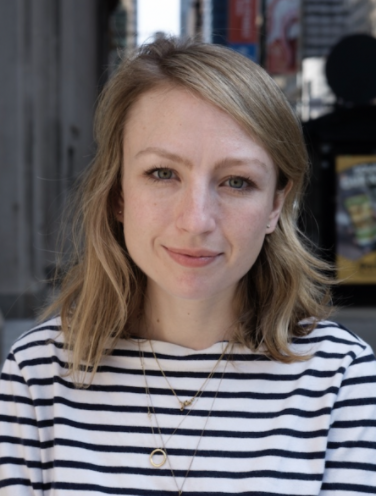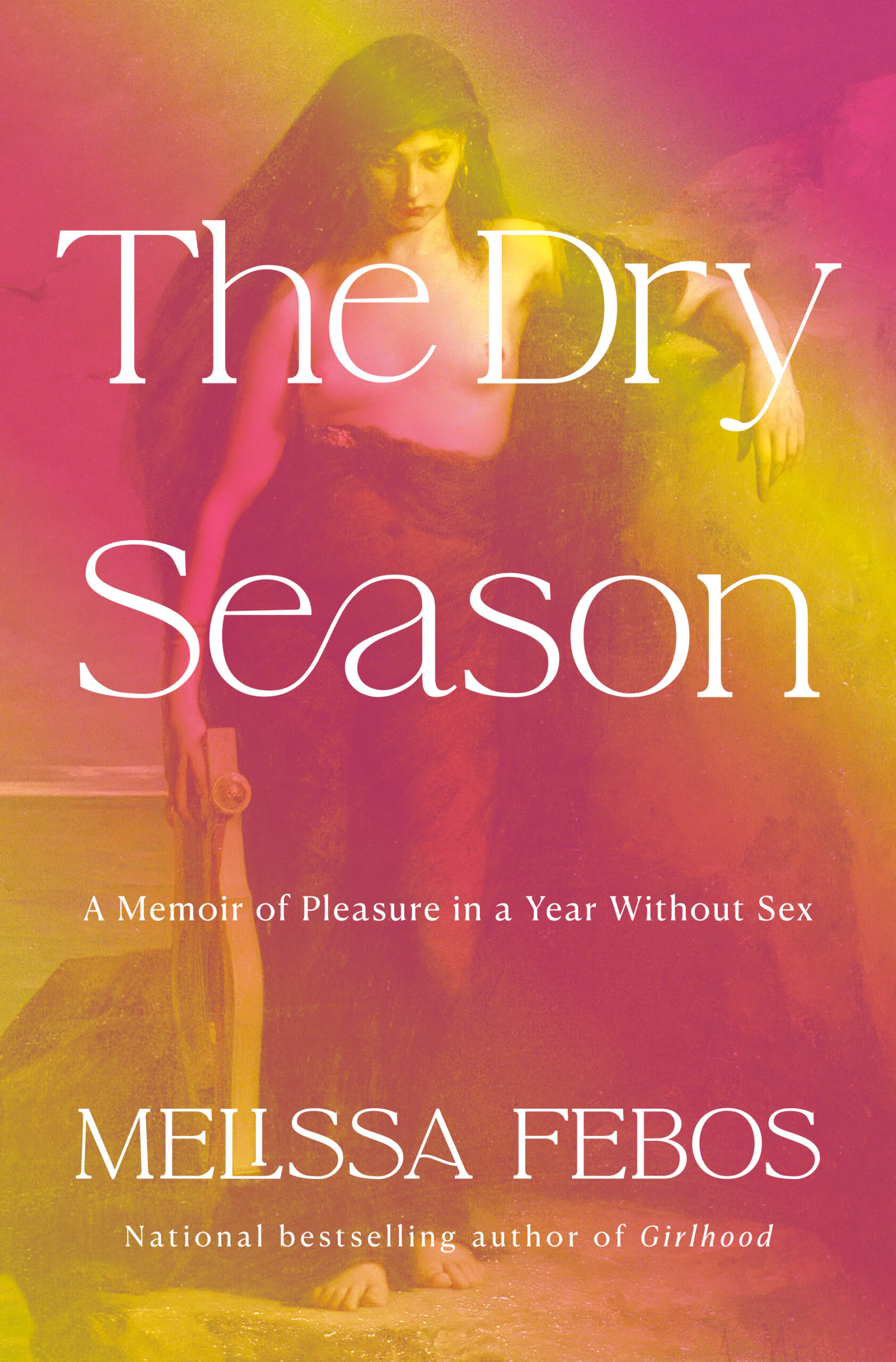 This interview is the eighth in a new series, Writers on Writing, which focuses on craft and process. The series is part of The Common’s 10th anniversary celebration.
This interview is the eighth in a new series, Writers on Writing, which focuses on craft and process. The series is part of The Common’s 10th anniversary celebration.
Read Beaird’s Issue 17 story, “Trousseau”
 Rowan Beaird is a fiction writer whose work has appeared or is forthcoming in The Kenyon Review, The Southern Review, and The Common, among others. She is the recipient of the 2017 Ploughshares Emerging Writer Award, and her work has been nominated for a Pushcart. She received her BA from Kenyon College, and currently works at the School of the Art Institute of Chicago.
Rowan Beaird is a fiction writer whose work has appeared or is forthcoming in The Kenyon Review, The Southern Review, and The Common, among others. She is the recipient of the 2017 Ploughshares Emerging Writer Award, and her work has been nominated for a Pushcart. She received her BA from Kenyon College, and currently works at the School of the Art Institute of Chicago.
TC: Your short story “Trousseau” is written in second person, with one character directly addressing another. How did you arrive at this point of view?
RB: The seed of this story was the idea of telling someone’s life story through articles of clothing. I found an old coat in my dad’s storage locker one day and was shocked by how instantly it transported me back to being sixteen. I started thinking about all the articles of clothing that have felt essential to who I am as a person—the blue dress that made me feel like Alice in Wonderland; a thick, cotton NOFX crop top from high school; a pair of battered cowboy boots in which I stomped around campus. But as I was exploring this idea, I knew I needed a dramatic arc. I realized the only way to really build tension was if it was someone trying to understand another person through their clothing. I also felt that if I wrote it in second person, I could instantly communicate a vulnerability. Second person shows the desire for someone to listen.
TC: What did that point of view allow you to do? What were its challenges?
RB: It allowed me to have the story unfold like a conversation. When someone’s addressing someone else, it’s fine for there to be massive leaps in time, because you know what’s driving it is not a classic, linear narrative, but the narrative that exists between two people. I think that becomes challenging because with second person, the conversation is always one-sided. This means you have to figure out first, why the person is talking, and, second, how to give them a dramatic arc that doesn’t require a response. I tried to make this work in the story by having the mother newly absent, and also having the narrator recently have become a mother herself. That way, the story is both her trying to understand her mother’s departure through her personal history, and also trying to understand how not to become her.
TC: I’m really interested in the structure in this story, which is not strictly narrative. How did you go about deciding which moments to include and in what order?
RB: I started with clothing. I had an idea of who the mother was, and I began to think about what items of clothing she would treasure, and what items of clothing would signify change. So, for example, going from a beaver skin coat to hospital scrubs. I also wanted to touch on what it means to return to an item of clothing after a long period of time, which is why in their last moment together I have the mother wearing the same skirt as in the first section. In terms of the order, I wanted it to build to the mother leaving (even though she’s already been absent in so many ways), but I didn’t want that to be a reveal. I wanted it to be felt throughout the story, so that the reader understands that the purpose of the piece is for the narrator to make meaning.
TC: What is your writing process like? What rituals or habits help you produce your best work?
RB: I work a nine-to-five job, so if I don’t have a strict routine for writing, it will get crowded out by buying groceries, after-work drinks, mindless internet scrolling, or one of the eighty-two different TV shows people tell me I should watch. If I’m writing something new, I have a word count I need to hit every week, and if I’m editing, I have goals specific to that. Sunday afternoons are sacred, and I commit to only two things after work each week so on the other weeknights I have at least an hour to write. Also, I always follow the advice of Helen Dunmore, who said, “Finish the day’s writing when you still want to continue.” I always try to walk away when I feel a real energy humming, even if that can seem counterintuitive. That usually means I’ll keep thinking about it on the train and in the shower, when so much of the other work happens.
TC: What essays, stories, or books have you read and enjoyed recently?
RB: I just finished Women Talking by Miriam Toews, and good lord, that book is incredible. There’s such a profound respect and empathy for each of the characters, and it’s so beautifully written. It’s one of those books that doesn’t feel like a person wrote it, more like it just fell out of the sky. I’m always reading Ada Limón, Bright Dead Things or The Carrying. I’m in the middle of The Yellow House by Sarah M. Broom, and I love how she’s structured it—she starts with this heartbreaking image of her brother on the plot of land where her house used to be, and then leaps back seven or eight decades and really takes her time introducing you to each of her family members. When she finally enters the narrative, you have such a deep understanding of the family and the house that will shape her.
TC: Do you have any writing rituals or exercises that you turn to when you’re stuck?
RB: I open a favorite book at random (usually Michael Ondaatje or Marilynne Robinson or Toni Morrison, because they’ve never written a bad paragraph) and read. I try not to do laundry or take a walk, because even though I tell myself I’ll think really hard about writing I usually just think about what I should eat next. I watch a video on La Blogothèque because sometimes I just need to feel something, and often the shortest path there for me (for all of us?) is music.




